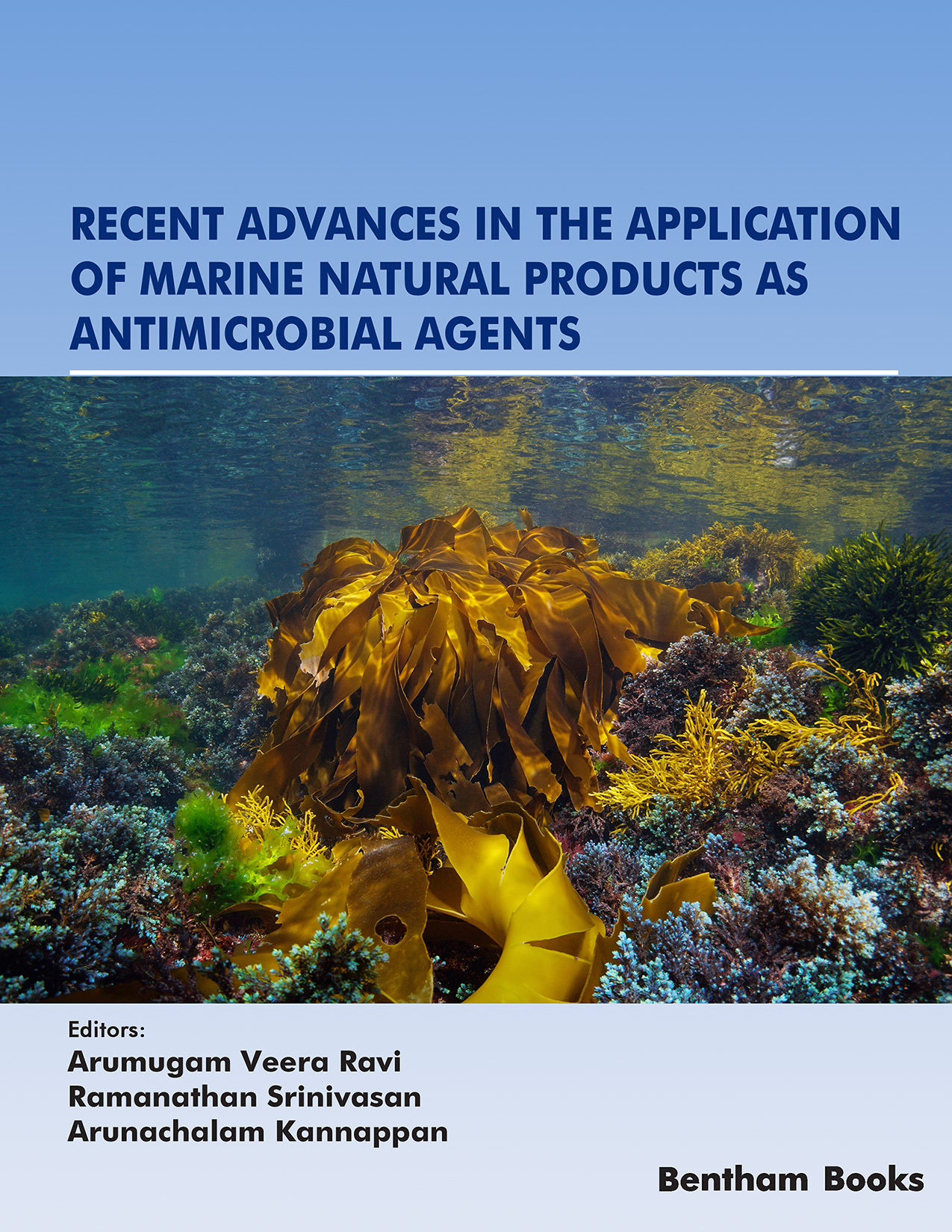Introduction
While the world is grappling with the growing problem of antibiotic resistance, marine organisms offer a promising solution with their diverse repertoire of bioactive compounds. This thematic volume explores the untapped potential of marine organisms in the fight against microbial threats. The focus of the 17 featured chapters lies in highlighting the vast array of antimicrobial agents that can be found within marine environments. The chapters provide in-depth knowledge about the latest discoveries, advancements and future needs in antimicrobial research. Readers will learn about astonishing discoveries of natural compounds with remarkable antimicrobial properties and sources. The list of agents covered in the book includes synthetic derivatives, bioactive polysaccharides and marine viruses. The book also includes chapters that cover various stages of the antimicrobial drug development process, providing an overview of recent antimicrobial agents derived from marine organisms, preclinical studies and the identification of patented drugs sourced from the ocean. Furthermore, the book sheds light on the diverse applications of these marine-derived compounds, spanning the fields of medicine, agriculture, and industry.
Professionals in the fields of microbiology, marine biology, pharmaceutical sciences, and drug development will gain valuable insights into the use of marine organisms as a source of antimicrobial agents.
Audience: Medicinal chemists, professional researchers and scholars in microbiology, marine biology and related fields in life sciences.

